Launched 1963 Broadcast area National Founded 1953 | ||
 | ||
Formerly called Pyongyang Broadcasting Network(1 September 1953 – 1961)Central Broadcasting Television System(1961 – 3 January 1973) | ||
A full broadcast of korean central television from 4 december 2014 north korean tv
Korean Central Television (KCTV; Chosŏn'gŭl: 조선중앙텔레비죤; RR: Joseon Jungang Tellebijyon; MR: Chosŏn Chungang T'ellebijyon) is a television service operated by the Korean Central Broadcasting Committee, a state-owned broadcaster in North Korea. KCTV is the only official source of television news for North Koreans.
Contents
- A full broadcast of korean central television from 4 december 2014 north korean tv
- History
- Programming and schedules
- News service
- Broadcasting
- Outside North Korea
- Test card
- References
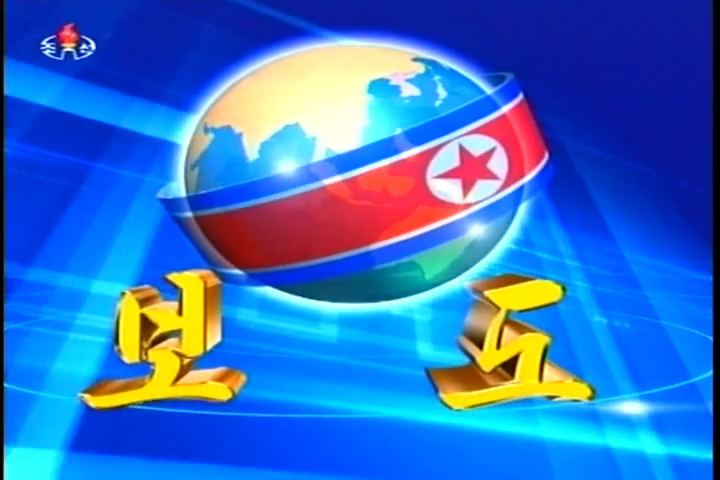
History
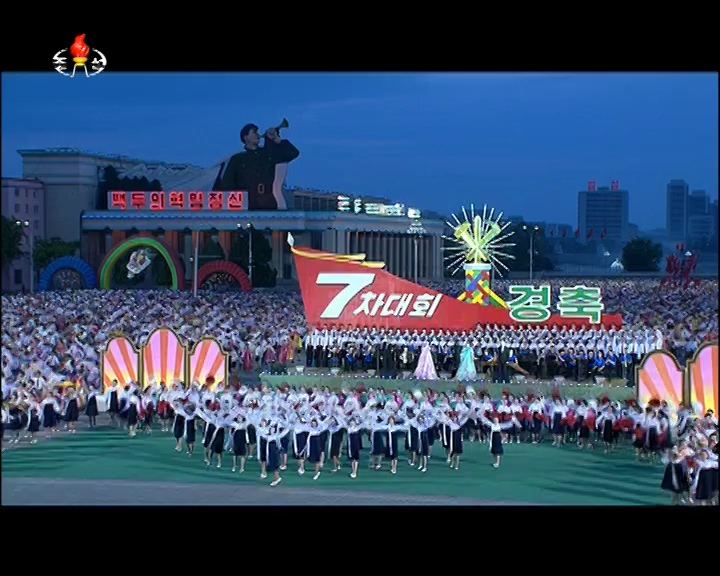
KCTV was established on 1 September 1953 as Pyongyang Broadcasting Network after the Korean War ended. Kim Il-sung personally envisioned that the time was ripe for television broadcasting in North Korea, but this was not yet to happen. Thus, the PBN began an 8-year period of preparation for commencement of television broadcasts, with the help of the national government.
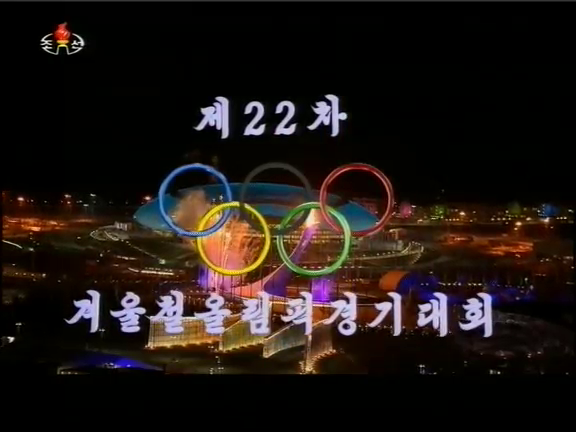
PBN was renamed as Central Broadcasting Television System in 1961, and conducted on 1 September the same year its first test broadcasts.

Central Broadcasting Television System officially began operations on 3 March 1963 at 19:00 (7:00 pm) KST based in Pyongyang, broadcasting two hours between 19:00 (7:00 pm) until 21:00 (9:00 pm) KST on weekdays only, and then expanding to 4 and later 6 hours.
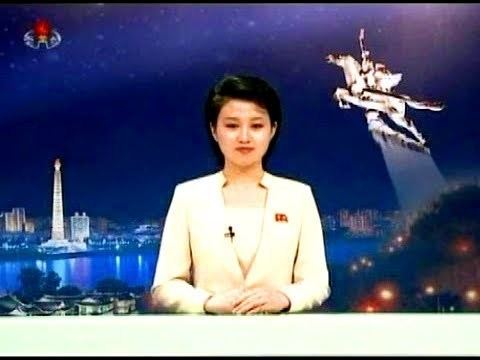
The network carried live the whole proceedings of the 5th Worker's Party of Korea Congress held on 1 October 1970.
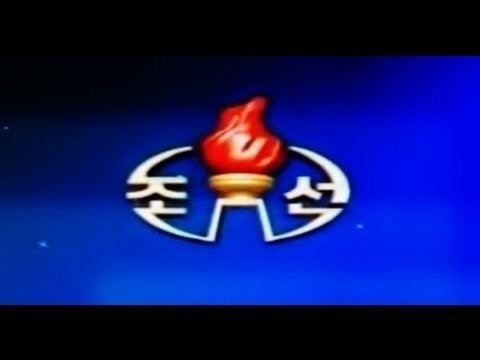
The Central Broadcasting Television System would later be renamed Korean Central Television (KCTV) and was officially relaunched at 17:00 (5:00 pm) local time on 3 January 1973 (the first working day in 1973 in North Korea). The broadcasting hours were only on weekdays (workday in North Korea) and closed on weekends and national holidays.
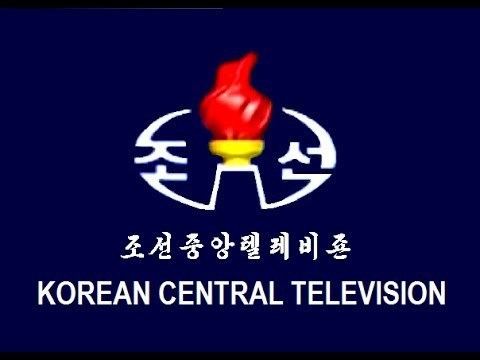
KCTV officially began colour television broadcasts on 1 July 1974 and broadcast the first live colour telecast in preparation for the 7th Asian Games held in Tehran via satellite transmission on 1 September 1974, the first network to do so. KCTV was the first live colour television channel to broadcast the New Year's Eve in colour on 31 December 1974, and in 1975 began weekend broadcasts as well. KCTV started their full-time colour broadcasts on 1 September 1977.
The first broadcast received by media telecommunication on satellite television was the 22nd Summer Olympic Games on 19 July 1980.
KCTV started broadcasting on national holidays on 1 March 1981. On national holidays, the broadcasting time of each station is the same as weekends save for major ones.
The channel was the official host broadcaster of the 1989 13th World Festival of Youth and Students.
On 19 January 2015, KCTV started high-definition television broadcasting via digital satellite as part of its modernization of the network.
Programming and schedules
Nowadays, the KCTV broadcasts only 8 hours each day from 14:30 hours (2:30 PM) until between 22:40 (10:40 PM) PYT daily, and 14 hours from 08:30 (AM) to 22:40 (10:40 PM) PYT on Saturdays to Sundays and key national holidays. There is another exception, for the emergency events in North Korea at night or daytime, it starts up without any announcers or the Voice of Korea interval signal. The station is open until that event becomes normal. The station's output is dominated by propaganda programming focusing on the history and achievements of the ruling Korean Workers' Party, the Korean People's Army (KPA) and Kim Jong-un. News topics cover range from new construction projects to history lessons about the accomplishments and past of the "founding father" Kim Il-sung, as well as his son Kim Jong-il, and grandson and current leader Kim Jong-un and the Juche idea. Other program topics such as health and education are also aired. Locally produced feature films, children's programmes, and patriotic musical shows and filmed theatre shows are also shown on the networks. On national holidays, military parades, musical performances and movies, plus more special programs are shown on all three networks.
The following illustrates part of a typical day's broadcasting on KCTV on weekdays:
News service
Newsreaders wear the same outfit every day, though they may vary in color (black and blue for male newsreaders and green and pink for female), and have the same haircut for everyone of the same gender. Newscasters must strongly project their voices when on air. Newscasts start typically with a blank red or blue slide, followed by a slow fade to the anchor. The set has the background of Pyongyang with the Taedong river. Nowadays even Mt. Baekdu or another view of Pyongyang is used as the background for the newscasts; however, a newer studio was introduced in September 2012, including a background LCD panel (paid by CCTV of PRC) where live images (such as a revolving globe or the flag of North Korea) are shown. This technological advancement allows live reportages, though it has not been used for that purpose.
North Korean newscasts were long known for being melodramatic. Newsreaders use one of five tones—a lofty, wavering one for praising the nation's leaders, an explanatory one for weather forecasts, a conversational one for uncontroversial stories, one denouncing the West and a mournful tone for announcing the death of a North Korean official or leader. Many North Korean journalists who have defected to the South have noted the contrasts with the more conversational South Korean broadcasting style. Longtime chief newsreader Ri Chun-hee was well known for her melodramatic style.
From 2012 the news intro uses the Juche Tower and a revolving globe before the news logo appears, with the introduction from the song "Might of Korea" as background music. The late-night version uses slow instrumental music played on a traditional Korean instrument. The main 20:00 news and 22:30 late news programme intros were updated again in 2014, with the same musical background but with a new logo and graphics. The introduction begins with the map of the world, zooming into the Democratic People's Republic of Korea (North Korea), then a wall of clips from the station's news programming including one of the country's mass parades, a rocket launch, scenes from farming and industries, and several sports. The introduction ends with the Earth wrapped around a band of the flag of North Korea and the Korean characters (보도) for "Report".
Broadcasting
The station began its first colour broadcasts on 1 July 1974 follows the PAL system with 576i scanning lines.
In 1980, North Korea started relay reception by a communication satellite television.
In March 2012 the news readers began presenting news items in front of a computer-generated background. A graphic to accompany the story appears above the right or left shoulder — a style almost universally used in other countries by that time. When the report begins the graphic moves forward to fill the screen.
In September 2012, China Central Television of PRC, pledged about US$800,000 of equipment to help improve its news broadcast. Since then news were shown with a screen panel that shows images and videos in movement.
Korean Central Television's used the Pyongyang TV Tower as transmission sites.
Official, government-sanctioned and -operated television stations are the only ones that citizens are allowed to watch. Any television sets acquired by citizens are altered by the government beforehand, to receive only the official channels. This includes a tamper-evident seal which will show if the television's owner has attempted to tamper with components of the television. This is seen as evidence of that person attempting to receive foreign television from China, South Korea, Japan or Taiwan, and if discovered, the owner is subject for harsh penalties including imprisonment in one of North Korea's many forced-labour concentration camps.
Outside North Korea
KCTV was broadcast free-to-air on Thaicom 5 on 1 August 2010, so with the appropriate equipment can be picked up in Southeast Asia, Australasia, Middle East, Africa and Europe and on Intelsat 21 in America and Europe.
The daily KCTV news bulletin is also distributed online with Japanese subtitles through a Chongryon-supported website.
Test card
There are minor test card changes from time-to-time.
